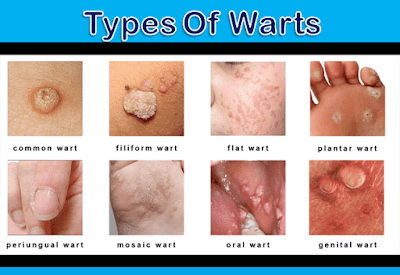DON’T LIVE WITH NECK PAIN (CERVICAL SPONDYLOSIS)
Cervical
spondylosis is a common, condition that affects your cervical spine, which is
in your neck. It happens due to wear and tear of disc in cervical bones. As you
aged, fluid in the disc decreases and their function as a shock absorber is
lost. As a result you experience pain in neck movements and neck stiffness. It
may worsen to the condition, when it may cause nerve compression resulting in
tingling and numbness.
WHAT ARE SYMPTOMS?
- In most cases, patients experience a pain in the neck. The pain may range from mild to severe. It may worsen by looking up or looking down for a long time, or by activities in which the neck is held in the same position for a stretched hours like at computer or chatting at mobile.Neck pain may also spread from the neck to the shoulders, arms and hands, and the base of the skull.
- Crushing or cracking sensation when you turn your neck.
- Neck stiffness is also common after a long period of inactivity, for example, especially when you work on computer or use mobile.
- Headaches start from the back of the head and move to the upper half of the front.
- When blood supply to the brain is compromised due to compression, dizziness and even blackouts happens.
- Though less frequent, in some cases, arms and legs may become weak.
You may be at risk if you
|
HOW IS CERVICAL SPONDYLOSIS DIAGNOSED?
Your doctor may advice any of the investigations
after your physical examination. The doctor may ask you to move the head to
check the range of motion of the head. He may check reflexes and strength
of hand.
He may advise you for X-ray to reveal any physical damage to the spine. MRI if he finds symptoms of any nerve
compression. A CT scan can
help to assess the bony structure of the cervical spine. Electromyography
(EMG) and Nerve Conduction Studies
(NCS) are often used to evaluate the specific muscles and nerves that may be
involved.
HOW
YOU CAN HELP YOURSELF?
DURING PAIN
- Hot or cold application at neck will give you relief from pain and stiffness.
- During flare-ups it may difficult for you to exercise your neck as the pain may be unbearable and you may need to rest for a day or so. But when pain reduces or goes off resume neck movements as soon as possible.
AFTER PAIN GOES OFF
1. Avoid
sitting for long hours in a particular posture.
2. Keep moving
your neck (Exercise). When pain goes off, resume exercise. Don’t
let your neck 'stiffen up'. Every 2-3 hours gently move the neck in each
direction. Do this at least 2-3 times a day. When you are computer operator,
try to do it every hour.
3.Poor posture may
harm you more. Check that your sitting position at work or at the computer is appropriate.
Sit upright. Avoid sitting with head
flexed forward with a bent back.
4. Adjust
work station to minimize repetitive stress on the
neck.
5. When sleeping use firm supporting
pillow. Try not to use puffed-up pillow or more than one pillow.
6. Stop
smoking.
WHAT
ARE TREATMENTS AVAILABLE?
YOGA
Yoga asanas
such as Surya Namaskar (Sun
Salutation), Matsyasana (Fish Pose), Bhujangasana (Cobra Pose), Shanshank-Bhujangasana (Striking Cobra
Pose): Makarasana (Crocodile Pose)
may help in improving mobility and strengthening your shoulders and neck which may
prevent cervical spondylosis, and even may reverts your neck back to normal.
PHYSIOTHERAPY
Occasionally, your
symptoms do not improve within a week, in that case take physiotherapist help. The
physiotherapist may advise you treatments like traction, heat, cold,
manipulation, etc. The treatment may also give you relief to a certain
extent.
Remember
keep continuing the neck exercise at home even during physiotherapist consultation.
NECK COLLAR
Some patients start wearing collar
which is often recommended by doctors to other patients. If you use collar you
may get short term relief. But it has unfavorable effect in the long run. Prolong
use of collar may reduce the strength of the muscles, resulting in its degeneration.
Therefore prolong use of collar should be avoided and should be used only during acute
pain.
SEE A DOCTOR
- If
the pain becomes worse or severe pain hindering your activity for long.
- If
you find loss of feeling (numbness), weakness, or persistent pins and needles
in a part of an arm or hand.
- If
you develop dizziness or blackouts when turning the head or bending the
neck.
- If
pain is chronic neck as it may sometimes associated with anxiety and
depression which may need to be treated.
HOW
HOMEOPATHY CAN HELP YOU?
Disclaimer:The information provided in the article purposes only to understand health and treatment conditions in a better way. It should not be taken as the substitute of medical diagnosis. It is requested to not to use the website matter for diagnosing any disease. It is suggested to consult a doctor before taking any of the above mentioned medicines.
Would you like to consult us? Ask your question.
KK’s Homeopathy & Wellness Center





Comments
Post a Comment